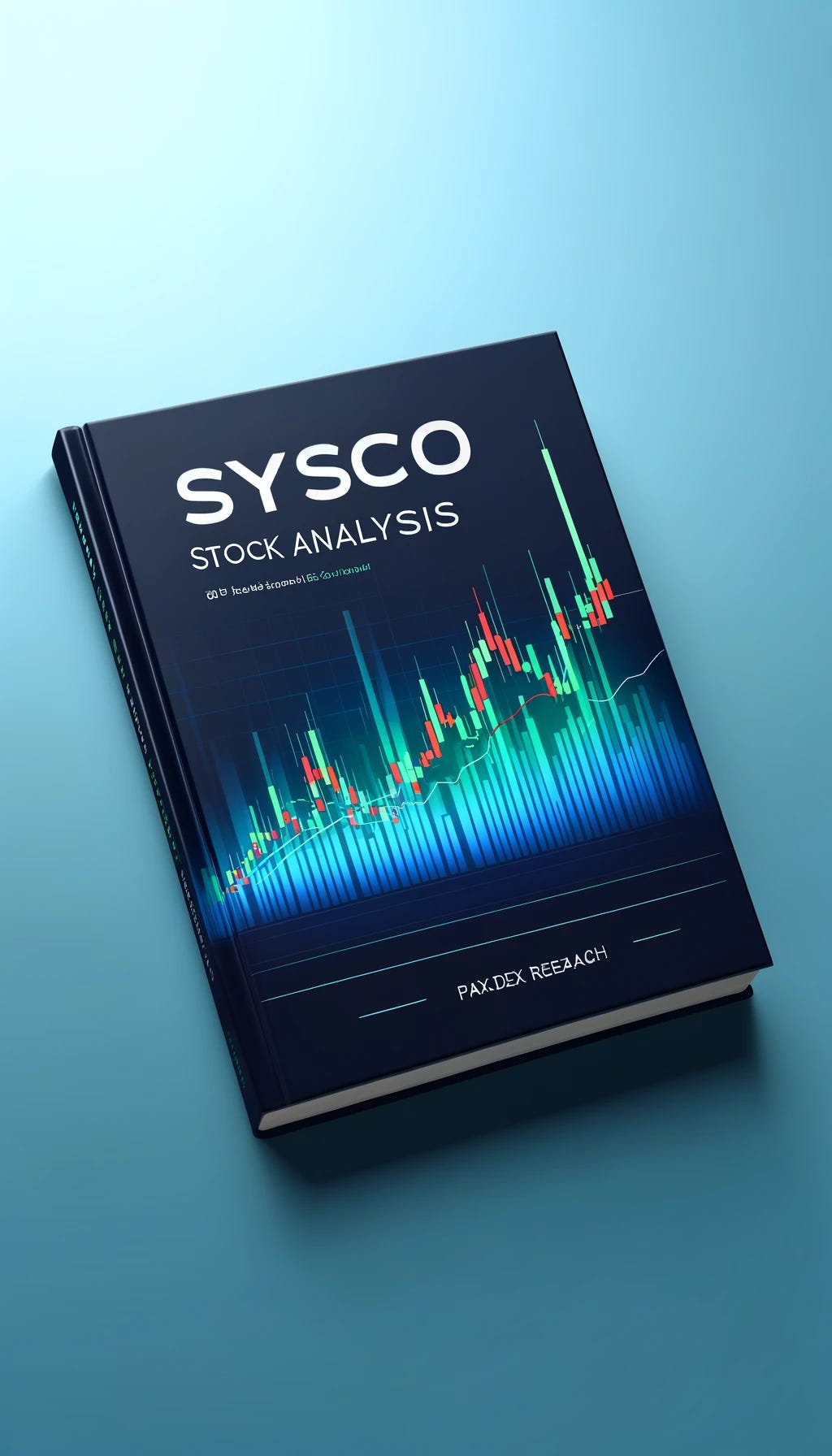Why Sysco Outperforms Long-Term
A company I believe you can achieve an above market return in long-term (12.00%+ IRR)
Sysco is a business with high barriers to entry, passes through inflationary pressures, has tremendous long-term benefits to scale, and is highly defensive through cycles. Furthermore, Sysco has three key growth levers to pull in the coming years that equate to an attractive GDP + growth algorithm: volume growth, price inflation, and an attractive M&A story.
Business Overview: Sysco (SYY) is the largest global distributor of food and related products to the food service or food-away-from-home industry, and over the years, they’ve cultivated a dominant market in the US. Their key end market breakdown has stayed relatively consistent over time: Restaurants (62% of FY2023 sales), Education/Gov (8%), Travel & Leisure (8%), Healthcare (7%), and Other (15%). Geographically, SYY is 82% US, expanding internationally in 2016 through their $2.9bn acquisition of Brakes Group. The majority of value comes from US operations, with future upside internationally as they reach the benefits of scale.
Growth Lever #1: Management's goal through 2027 is top-line growth of 4 – 6%, with about half of the growth baked in as volume growth (2.25% midpoint); I believe this estimate is quite conservative when factoring in that from 2015 – 2019 the total number of restaurants from 2015 – 2019 had a 1.89% CAGR, and this is before any of Sysco’s market share gain through new offerings such as its incentives program growing that will grow low double-digit YoY for the next several years. Additionally, Sysco’s private label brands Greco & Sons, Don, Asian Foods, and more have seen robust double-digit % growth over the past several years. Altogether, I forecast 4.00% volume growth for Sysco through 2030.
Growth Lever #2: Price inflation; this is quite simple and is not the key reason for the long thesis; it’s simply a consistent lever pulled almost every year to get anywhere on average between 2.00 – 4.00% top-line growth. More recently, in a more inflationary environment like 2022 and 2023, Sysco raised prices by 15.00% and 5.40% each, respectively. In Sysco’s most recent quarter, on April 30th, sales grew 2.70% YoY, and price contributed 1.90%. I expect price inflation to contribute 2.00% to the top line through 2030
Growth Lever #3: The ~$270 billion food service industry is highly fragmented, with the top 8 players making up under 45% of the overall market and over 15,000 smaller food distributors making up the remaining 55%. This creates an attractive story for Sysco to acquire smaller operators at lower multiples and bring the acquired company into its ecosystem to realize revenue and predominantly cost synergies by reducing redundancies via procurement (higher fill rates), utilizing Sysco’s distribution network, cross-selling, and taking out administrative costs. I forecast M&A contribution of 1.00% through2030.
Valuation: Sysco trades at 15.31x 2025 EPS; this valuation multiple ranks in the 97% percentile of cheapness over the past ten years. When compared to the S&P 500, Sysco trades at 0.81x the S&P 500 forward P/E multiple. This is for a company with significantly higher-quality earnings than the average S&P 500 company while growing earnings at 9%+ for the next several years.
IRR Framework: Through 2030, I forecast a 7.00% revenue CAGR, 10bps of EBITDA margin expansion per year (driven by the shift to food away from home), and 5.50% in dividends and share repurchases returned yearly to shareholders. SYY will have an IRR of 14.50% through 2030, with an additional upside to the IRR from any multiple expansion, which I believe is fair.


